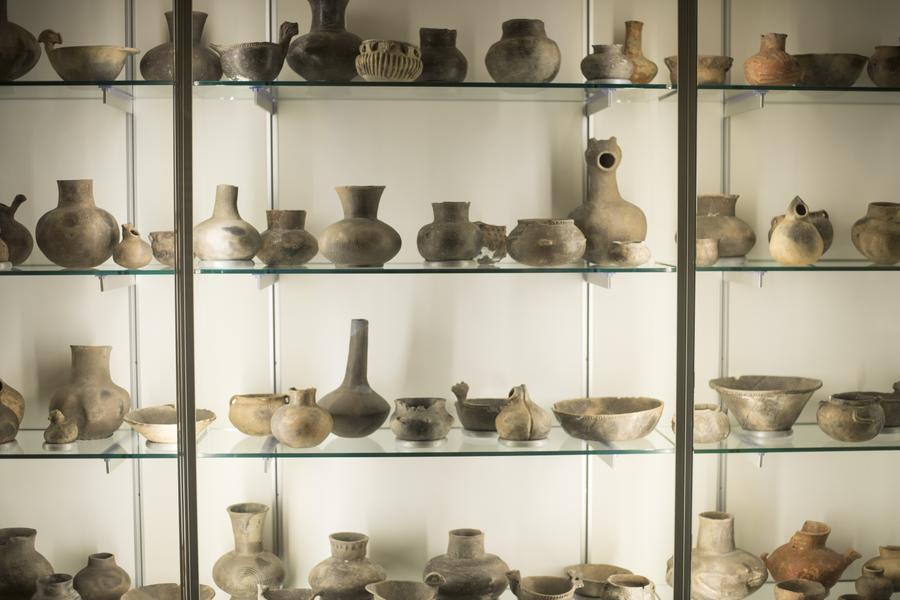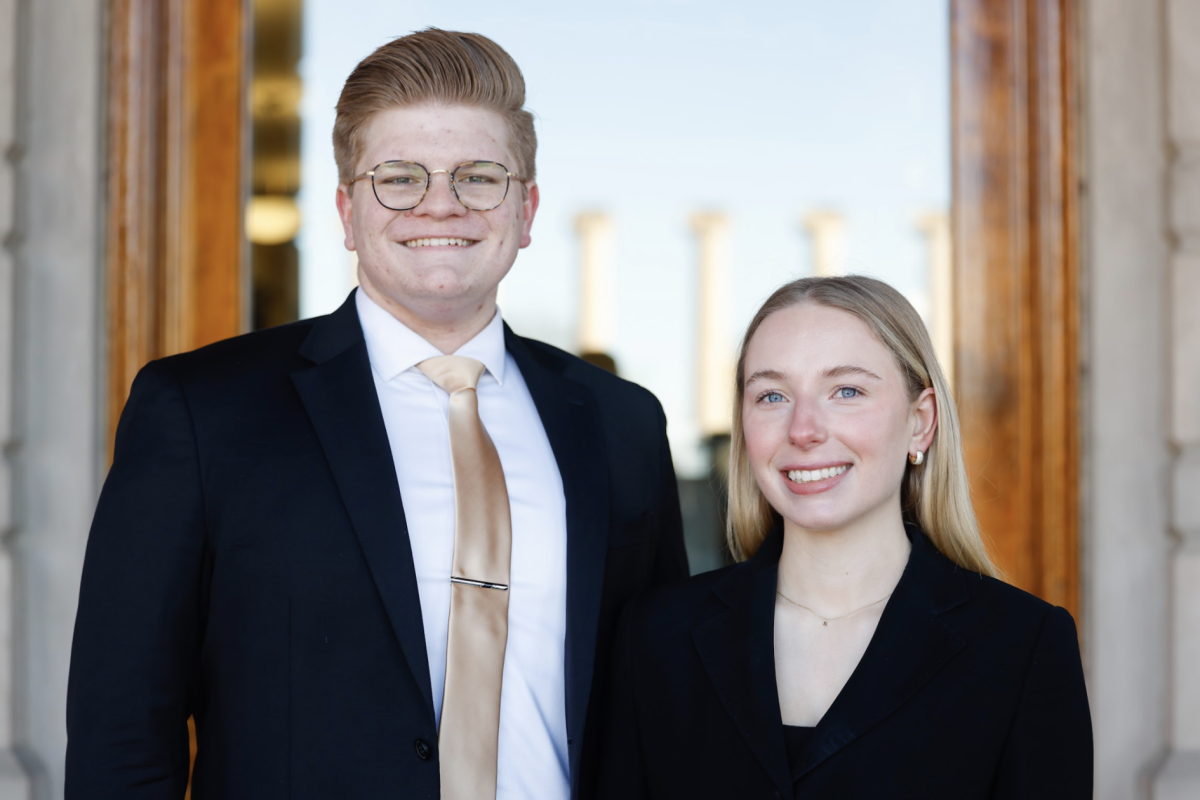The MU Museum of Anthropology reopened in its new location at Mizzou North on Sept. 17 after a three-year hiatus.
The museum originally closed due to renovations of its former location, Swallow Hall. When different academic departments were moved into the hall following the renovation, the museum relocated to the second floor of Mizzou North alongside the Museum of Art and Archaeology. The new location, though smaller in square footage, has more wall space and offers new possibilities for displays.
“We were able to do a little bit more in terms of chronological layout, trying to have exhibits that were thematic and having a brighter and more modern look where it is a little bit easier to see things,” said Alex Barker, museum director and archeology professor. “It has a little bit less of the old romance of the dusty museum, but hopefully it’s easier for people to see things and for us to talk about important topics in the human past.”
One new addition is a display of pieces from the Grayson Archery Collection, which contains archery-related materials from different cultures over the last 500 years. The total collection owned by the museum includes over 5,000 pieces of archery equipment.
“The Grayson Archery Collection is the most complete and systematic collection of archery material anywhere in the world,” Barker said.
Another feature of the new museum is a gallery where exhibits can be periodically replaced. This space currently holds a collection of kachinas, doll-like objects carved from cottonwood that are used to help young people in certain Pueblo societies learn and recognize sacred spirits.
In recognition of the museum’s reopening, MU’s anthropology department commissioned and donated a Native American ceramic vessel called a storyteller. The work, “Spring Maiden,” signifies one generation passing knowledge to another.
Representatives of the Osage Nation did a blessing of the galleries and staff before the museum opened to the public.
“We hold a large amount of Native American material and try to be sensitive to the fact that we’re stewards for those kinds of cultural objects and for teaching people about pasts that aren’t necessarily our own,” Barker said.
Assistant curator Amanda Staley Harrison said her goal for the future of the museum is to see an increase in visibility.
“Most people don’t realize there are two large museums in Columbia,” she said. “The Museum of Anthropology’s collections started in Academic Hall before the fire, so we’ve been around a really long time.”
The university began compiling collections in 1885, and the materials were officially organized into a museum in 1902.
Harrison said the museum provides services to the Columbia community in the form of research opportunities and education.
“I think we are a good venue for conversation on culture and diversity,” Harrison said. “We also offer a lot of opportunities to educate the community residents and work with the Columbia Public Schools to get some of those ideas of research and culture into their curriculums.”
The museum will be holding a grand opening celebration Oct. 19.
“I would really like people to understand that this is a fantastic museum to do research and to continue education discussions and culture discussions within our community,” said Harrison.
_Edited by Olivia Garrett | [email protected]_














